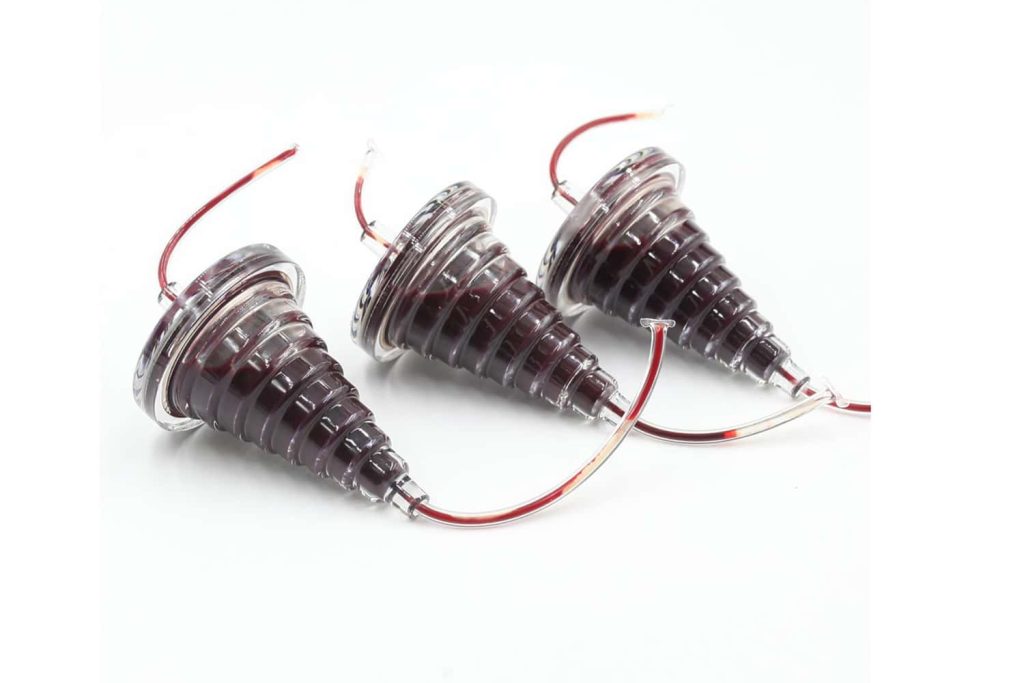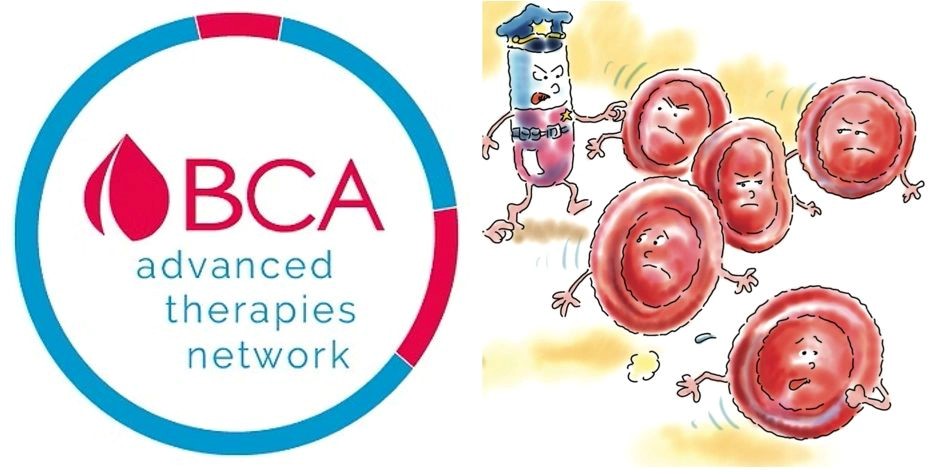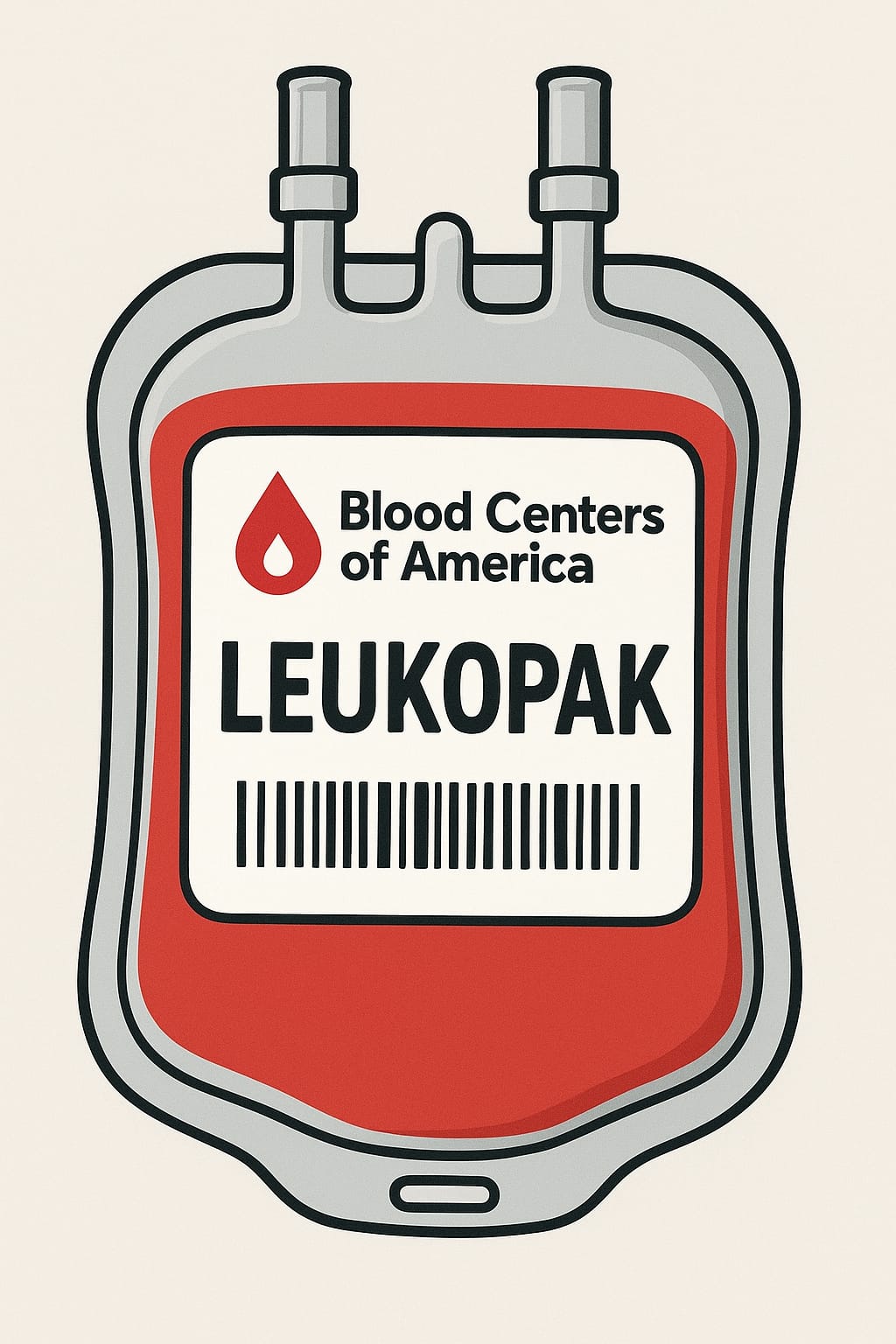Peripheral blood mononuclear cells (PBMCs) are integral in immunology and cell therapy research. These cells are often sourced from buffy coats derived during whole blood processing, however, leukoreduction system (LRS) chambers—typically discarded components of platelet apheresis kits—represent an underutilized yet superior alternative.
This study evaluated and compared the cellular composition, PBMC subtype distribution, and viability of cells from LRS chambers versus buffy coats. LRS chambers were found to contain slightly fewer total white blood cells (WBCs), but significantly more PBMCs. The PBMCs included higher counts of lymphocyte subsets (T cells, B cells, NK cells) due to their minimal granulocyte content.
Moreover, PBMCs from LRS chambers maintained high viability (>90%) for up to four days post-collection. LRS Chamber PBMC viability outperformed buffy coats, which showed declining viability likely due to granulocyte-induced cell death.
Another advantage of LRS chambers includes fewer processing steps. This advantage increases accessibility while reducing technical variability.
These findings support the use of LRS chambers as a more efficient, reliable, and cost-effective source of high-quality PBMCs for laboratory research.
Click here to read or download a full copy of the paper



